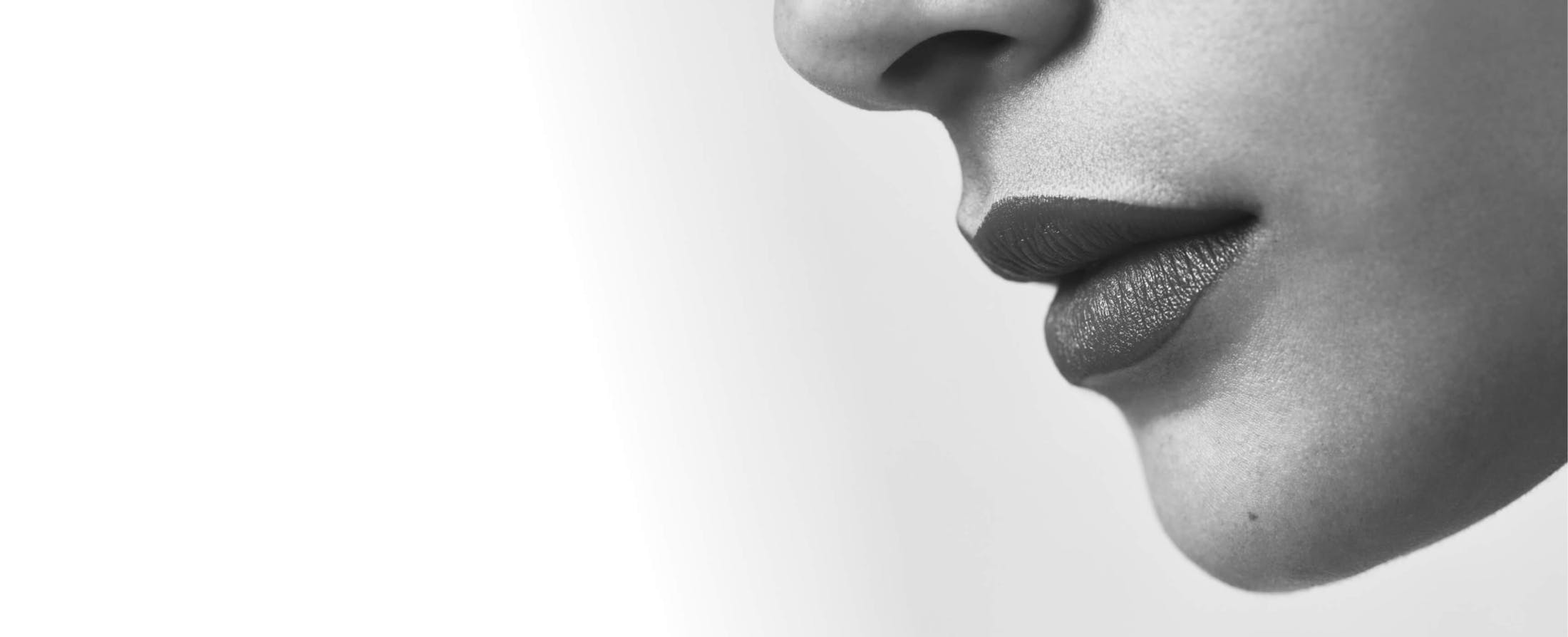Why choose Gold Coast Plastic Surgery for your otoplasty?
When selecting a surgeon for ear pinning, you'll want to ensure that they possess not just plenty of experience but board certification as well. Look no further than double-board-certified aesthetic expert, Dr. George Moynihan. He is credentialed by the American Board of Otolaryngology and the American Board of Facial Plastic and Reconstructive Surgery (ABFPRS) and has performed thousands of successful procedures. His state-of-the-art facility is accredited by the Accreditation Association for Ambulatory Healthcare, adhering to safety standards on par with the finest hospital operating rooms across the USA.
For almost 20 years, Dr. Moynihan has been at the helm of Chicago's premier facial plastic surgery center, performing complicated reconstructive surgeries and addressing a broad range of cosmetic and medical issues. He trained at Villanova, Loyola, and the renowned Rousso Facial Plastic Surgery Center and currently serves as A Clinical Assistant Professor at Loyola University Medical Center and Rush University Medical Center.









